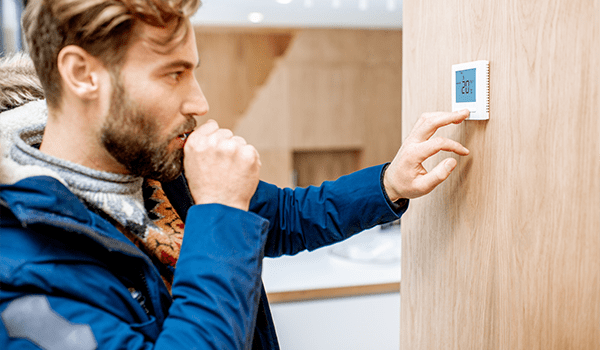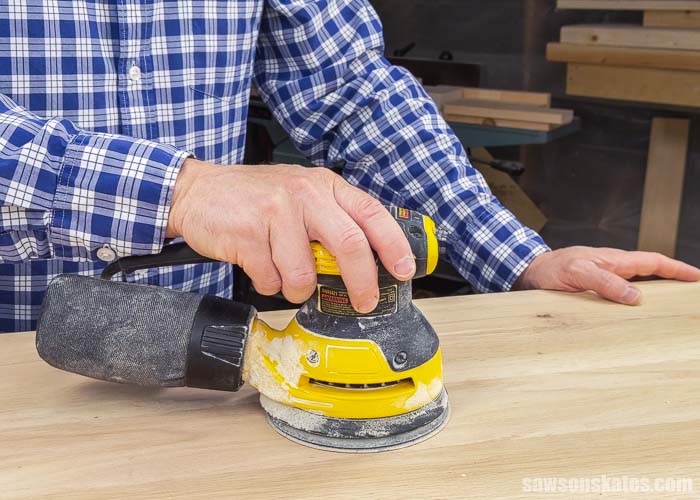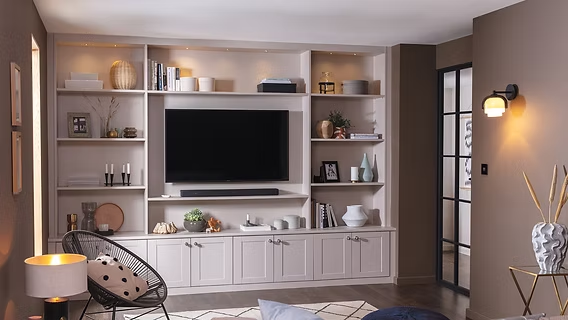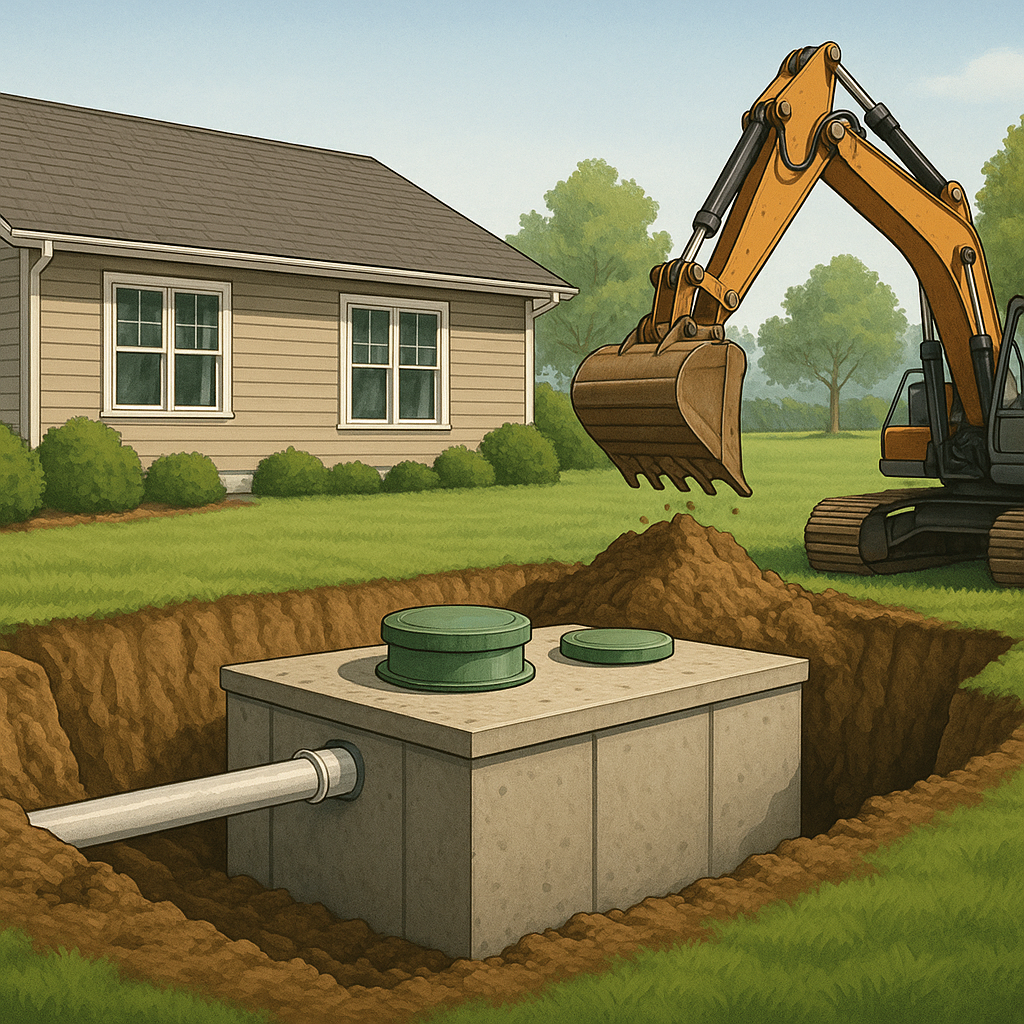When winter hits and your heat not working in house, it can quickly become a stressful and uncomfortable situation. Whether you’re dealing with freezing temperatures or just a cold morning chill, a malfunctioning heating system can disrupt your home’s comfort and safety.
In this article, we’ll walk you through the most common reasons your heating system might not be working, how to troubleshoot the issue, and when it’s time to call in the pros. From checking your thermostat to understanding furnace breakdowns, this guide covers everything you need to diagnose and solve heating issues effectively.
Let’s explore the step-by-step process to bring the warmth back to your home.
Common Reasons the Heat Is Not Working in Your House
1. Thermostat Issues
The thermostat is often the first place to check.
Troubleshooting tips:
- Make sure it’s set to “heat” mode
- Check if the temperature setting is higher than the current room temperature
- Replace the batteries if it’s a digital model
- Consider a faulty sensor or wiring issue
2. Blown Fuse or Tripped Circuit Breaker
A simple electrical issue could shut down the entire system.
What to do:
- Locate the main electrical panel
- Check for tripped breakers or blown fuses connected to the heating unit
- Reset any tripped breakers by flipping them off and then on again
3. Dirty Air Filters
Clogged air filters restrict airflow, causing the system to overheat and shut off.
Signs of a dirty filter:
- Weak airflow from vents
- Dust buildup around vents
- Frequent system cycling
Solution: Replace filters every 1–3 months.
4. Pilot Light or Ignition Problems (Gas Furnace)
Older gas furnaces rely on a pilot light, while newer systems use electronic ignition.
Check for:
- Pilot light that’s out or flickering
- Igniter clicking but no ignition
- Gas smell (call the gas company immediately)
Secondary Causes That Might Be Overlooked
5. Blocked or Closed Vents
Check that vents and registers are open and not blocked by furniture or rugs.
6. Frozen Heat Pump (for Heat Pump Systems)
If you use a heat pump and it’s below freezing, the outdoor unit may be frozen, affecting heat output.
Fix: Turn on defrost mode or call a technician if ice buildup persists.
7. Low Refrigerant Levels (Heat Pumps)
Heat pumps rely on refrigerant to move heat. Low levels mean ineffective heating.
Solution: A certified HVAC technician can recharge the system.
8. Malfunctioning Blower Motor
The blower motor pushes warm air through your ductwork. If it fails, your furnace may heat up but not distribute air.
Step-by-Step Troubleshooting Guide
Here’s a quick DIY checklist you can follow:
| Step | Action |
|---|---|
| 1 | Check the thermostat settings and batteries |
| 2 | Inspect the circuit breaker and reset if needed |
| 3 | Replace or clean the air filter |
| 4 | Ensure vents and returns are open and clear |
| 5 | Examine pilot light or ignition (if gas furnace) |
| 6 | Look for ice on heat pump unit |
| 7 | Reset the system at the main power switch |
If all else fails, call a professional HVAC technician.
People Also Ask
Why is my heat on but not blowing air?
This could mean a failed blower motor, clogged filter, or faulty thermostat. It’s common with older HVAC units.
Why is only one room not heating?
Check if the vent is blocked, the ductwork is leaking, or the zone control system is malfunctioning.
Should I try to fix my furnace myself?
Basic troubleshooting is fine, but for anything involving gas lines, wiring, or refrigerants, it’s safest to call an expert.
When to Call an HVAC Professional
You should contact a licensed technician if:
- You smell gas or see water leaks
- The furnace keeps cycling on and off
- There’s no heat after basic troubleshooting
- Your system is making unusual noises (clanking, banging, humming)
- Your heating bills suddenly spike without explanation
A professional can perform diagnostics, test voltage, check limit switches, and even inspect the heat exchanger for cracks.
Preventive Maintenance Tips
Avoid heating issues by following these proactive steps:
- Schedule annual furnace inspections (preferably before winter)
- Replace air filters regularly
- Clean your vents and ducts annually
- Check carbon monoxide detectors if you use gas heating
- Keep outdoor heat pump units clear of snow and debris
Regular maintenance improves efficiency and extends your system’s lifespan.
Cost to Repair a Heating System
| Issue | Estimated Cost (USD) |
|---|---|
| Thermostat Replacement | $150–$300 |
| Igniter Replacement | $200–$400 |
| Blower Motor Repair | $300–$600 |
| Ductwork Repair | $150–$500 |
| Full Furnace Replacement | $3,000–$7,500 |
Conclusion: Don’t Let Heating Problems Leave You in the Cold
If your heat not working in house, it’s essential to diagnose the problem quickly and take the right steps. Start with basic checks like the thermostat, power supply, and air filters, and escalate to professional help when needed.




